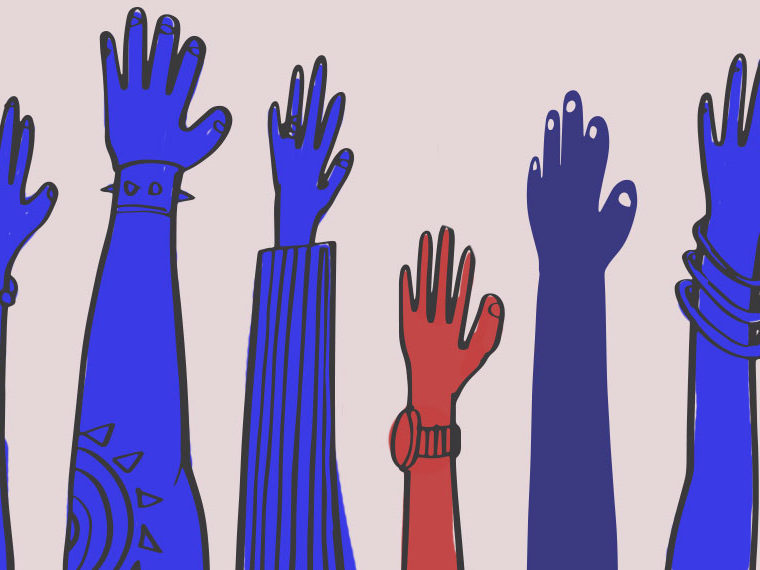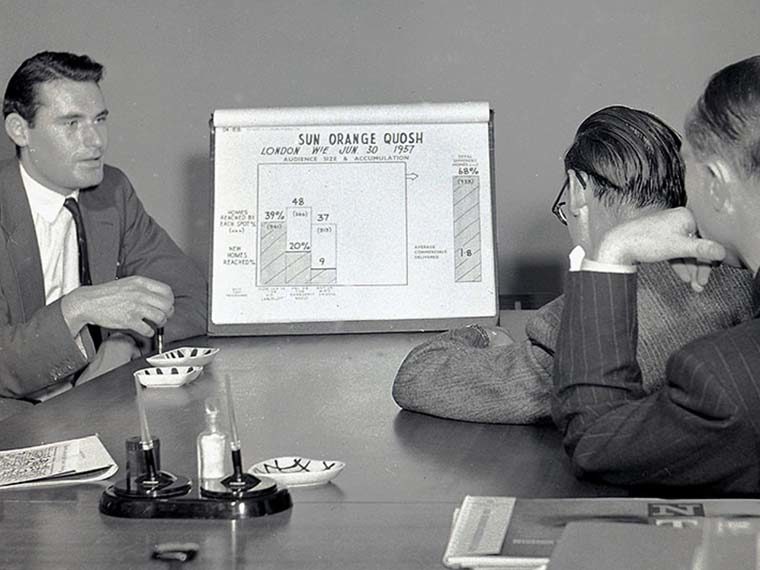Ads aimed at brand awareness are shown to be more effective
Anyone who has spent more than a few minutes watching television or surfing online is well aware that auto insurers are hot for our attention. According to an industry survey, Geico, State Farm, Allstate and Progressive collectively spent nearly $3.75 billion on auto insurance advertising in 2015.
The industry’s robust ad spend is chasing after a fluid consumer market. The ease of online shopping has intensified the commoditization of auto insurance into a product that can be easily bought (and dumped) based on price. In a study of more than 300,000 consumers between 2008 and 2016, the University of Delaware’s Yi-Lin Tsai and UCLA Anderson’s Elisabeth Honka find that nearly one in six switch their auto insurance provider in a given year.
Their analysis in a working paper of consumer survey data from J.D. Power and Associates suggests all the advertising dollars have a distinct, but ultimately limited impact on consumers.
Opt In to the Review Monthly Email Update.
The researchers combed out advertising’s impact across three specific marketing milestones: brand awareness, shopping and purchase choice. They overlaid consumer behavior at those three stages with insurers’ advertising spending. On average, the 22 insurers included in the survey spent 79 cents per household, but that included a wide range. Geico spent $5.15 per household, Progressive $2.78, State Farm $1.96 and Allstate $1.86.
The ubiquity of the GEICO Gecko, Progressive’s Flo and Allstate’s Mayhem avatar did indeed pay off by increasing general brand awareness. But Tsai and Honka found that advertising had no impact on the brands consumers chose to get quotes from (“shopping”), nor in the final step of choosing which insurer to go with.
The awareness-only payoff jibes with similar research by Honka and others, published in the RAND Journal of Economics, that focused on advertising’s impact in retail banking. These studies suggest that CMOs in the financial service industry might want to focus their advertising budget — and ROI analysis — on how best to drive brand awareness, and less on shopping behavior and actual purchase.
Having established that brand awareness is where advertising dollars are most worthwhile, Tsai and Honka then set out to explore the specific types of auto insurance ads that were most effective in boosting brand awareness.
They deployed a small army of researchers to sort the 468 unique magazine ads, 7,752 unique television ads and 8,415 unique internet ads, separated into buckets based on their messaging focus.
Informational ads that played up specific pricing and policy features accounted for 10 percent of ads. Non-informational ads that zeroed in on general brand awareness with a nod to entertainment/humor accounted for 30 percent of ads. The remaining 60 percent were a mix of informational and non-informational.
“The advertising content that leads to consumers’ increased awareness is of non-informational nature (brand name focused and funny/entertaining content), implying that the effect on awareness is coming from non-informational content leading to better brand recall,” they write.
That’s not necessarily good news for consumers who have had their fill of the Gecko.
Featured Faculty
-
Elisabeth Honka
Associate Professor of Marketing
About the Research
Tsai, Y-L., & Honka, E. (2018). Non-informational advertising informing consumers: How advertising affects consumers’ decision-making in the U.S. auto insurance industry.
Honka E., Hortaçsu, A., & Vitorino, A.M. (2017). Advertising, consumer awareness, and choice: Evidence from the U.S. banking industry. RAND Journal of Economics, 48(3), 611-646. doi: 10.1111/1756-2171.12188






